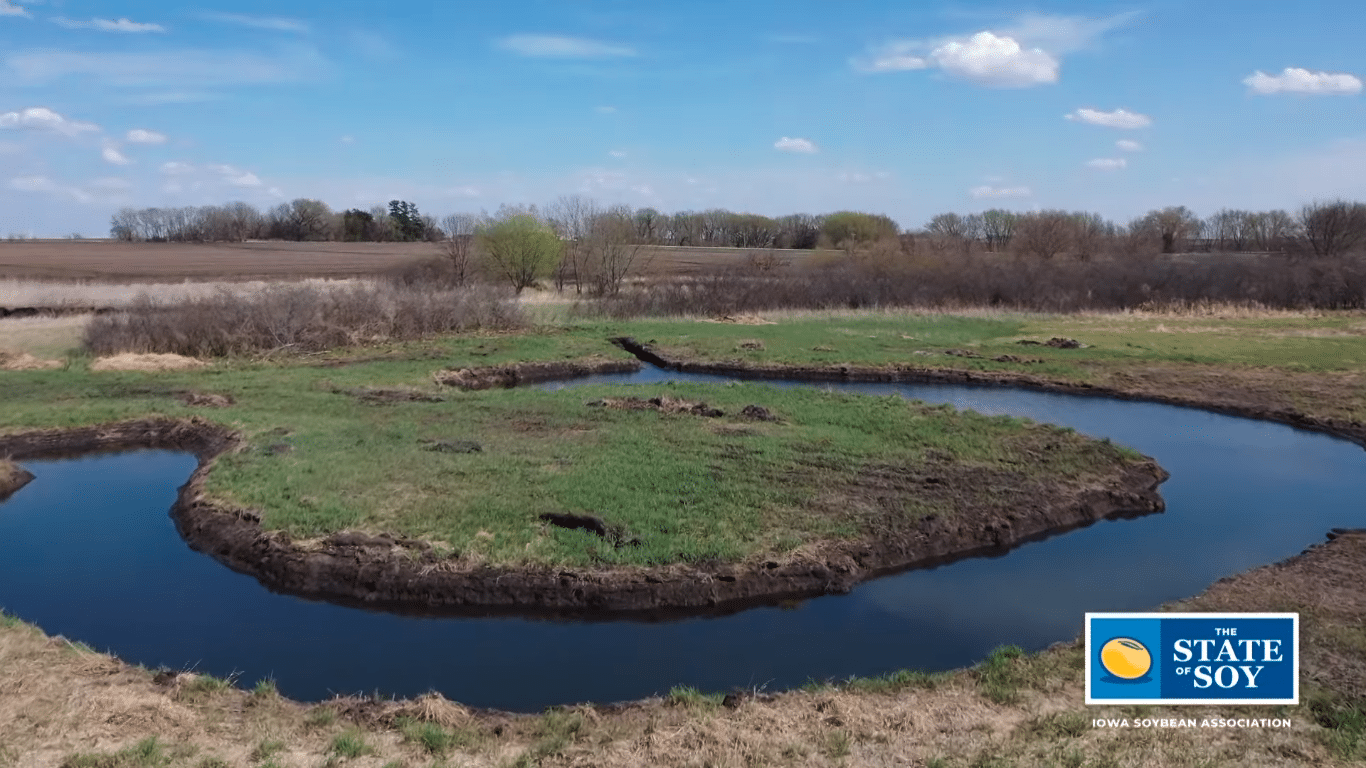What is an Oxbow?
Oxbow = Naturally or man-made bend in the river
Brandon Iddings from the Iowa Soybean Association explains the concept of oxbow restoration and its benefits. Oxbows are old meanders of streams that become cut off over time, either naturally or through human intervention. As sediment fills in these cut-off sections, restoration becomes necessary to maintain water quality and biodiversity.
The restoration process involves identifying oxbows, reaching out to landowners, and designing the restoration plan. Farmers have reported significant increases in crop yields after restoration, along with improvements in water quality.

Restoring oxbows also benefits biodiversity, particularly the endangered Topeka Shiner fish species, which uses oxbows as nurseries. Conservation efforts like oxbow restoration showcase voluntary conservation practices undertaken by farmers across the state, leading to stacked benefits for the environment.
Overall, oxbow restoration represents a proactive approach to conservation, contributing to improved water quality, increased biodiversity, and enhanced agricultural productivity.

